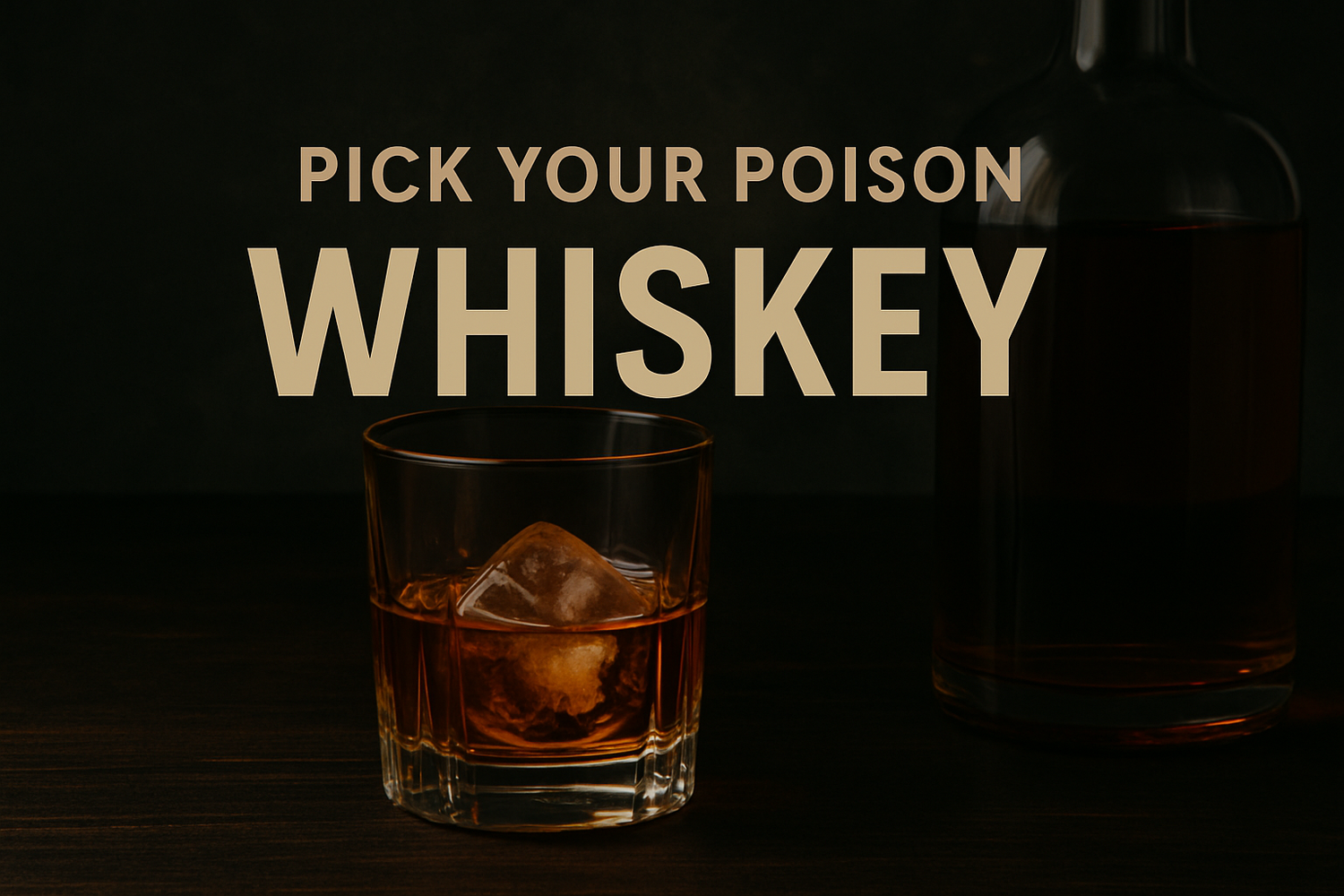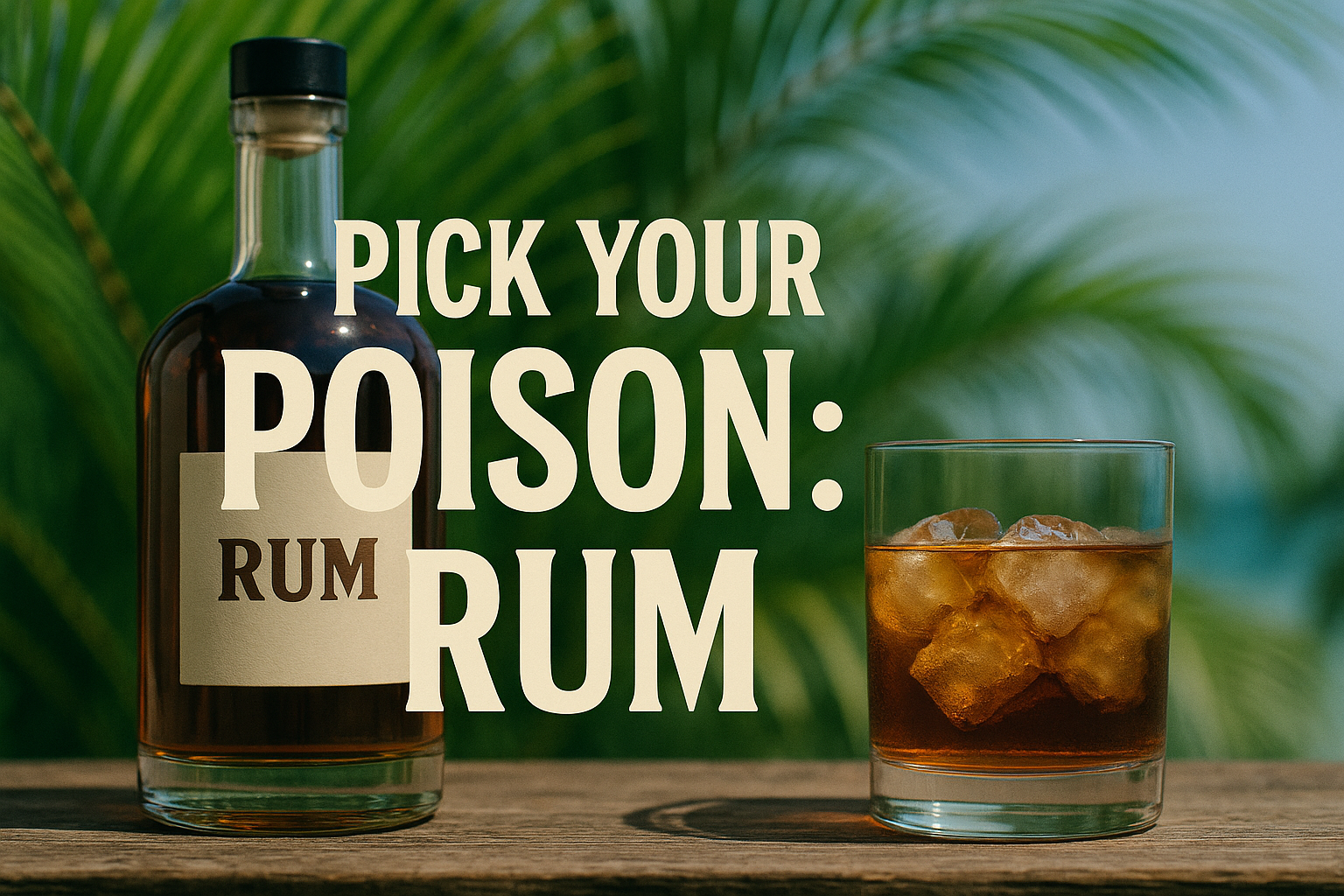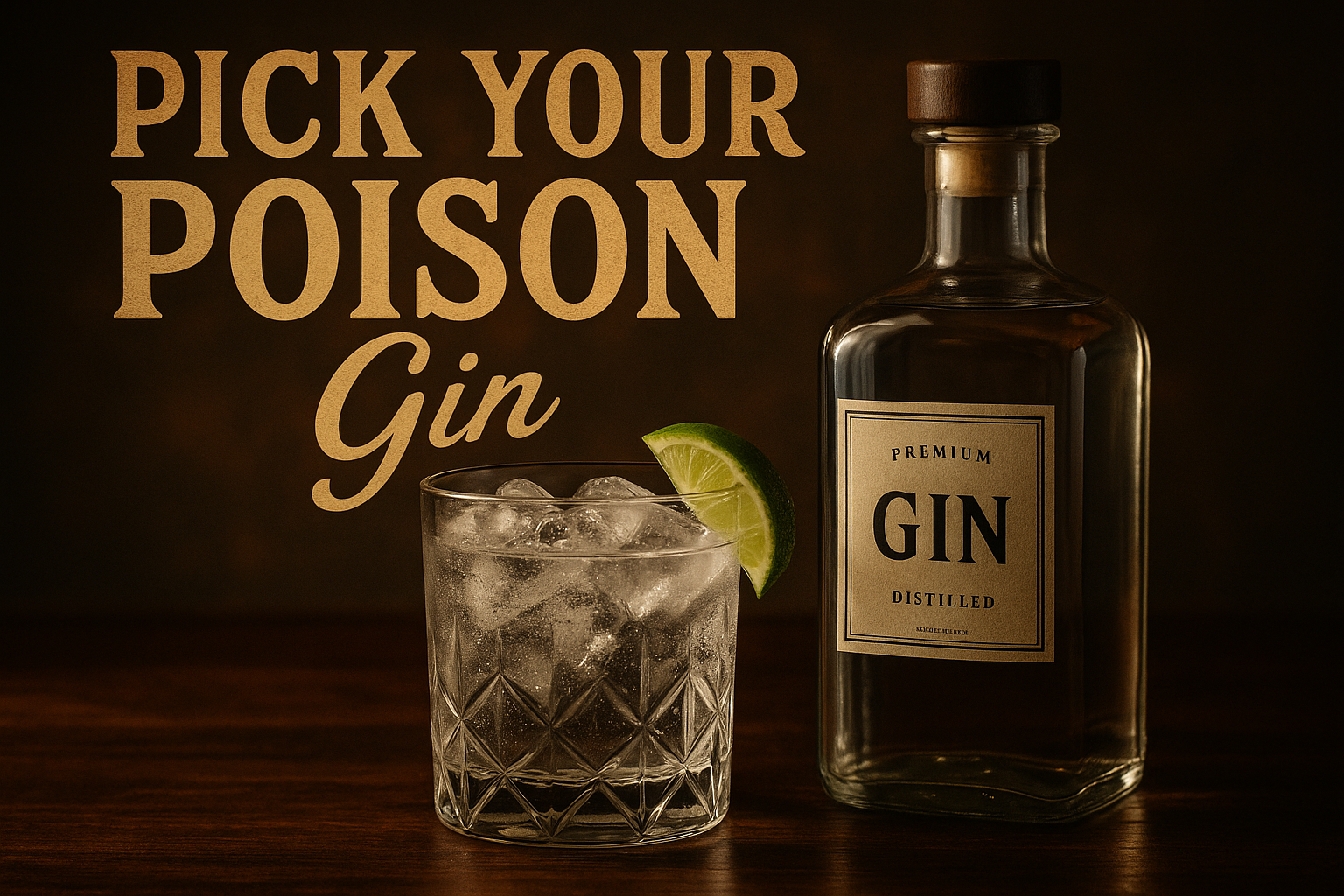Oak, Smoke, and the Illusion of Sophistication
Whiskey isn’t just a drink—it’s a ritual. Neat or on the rocks. A slow sip. A contemplative stare. A fire in your chest. It feels wise, worldly, even refined. But make no mistake: behind the elegance is the same old poison, dressed in a nicer bottle.
Where It All Began
Whiskey’s roots stretch back over a thousand years to Irish and Scottish monks distilling fermented grains for “medicinal” purposes. The name itself comes from the Gaelic “uisce beatha”—literally, “water of life.”
Eventually, it made its way to America, where corn-rich soil birthed bourbon, and rugged frontiersmen made moonshine a cultural icon. Whether it’s Irish, Scotch, or Tennessee-style, whiskey has always been a drink of deep identity—and deeper complexity.
Aged to Impress
The appeal of whiskey lies in its craftsmanship. Aged in oak barrels, it takes on smoky, vanilla, and caramel notes. Enthusiasts swirl it like perfume, analyzing nose and finish with reverence. It feels more “grown-up” than its clear cousins like vodka or gin.
But here’s the thing: your body doesn’t care if your whiskey is a $12 shot or a $200 single malt.
The Burn Beneath the Barrel
All whiskey contains ethanol—just like every other alcoholic drink. And once that ethanol hits your liver, it turns into acetaldehyde, a known toxin that wreaks havoc on your system. Cue: inflammation, nausea, dehydration, and the infamous whiskey headache.
And darker spirits like whiskey may contain more congeners, fermentation byproducts that can make hangovers even worse. That slow sip can lead to a long recovery.
Where Antivenom Steps In
You can respect the ritual of whiskey without ignoring the science. Antivenom supports your body’s defense against the harshest parts of alcohol: binding acetaldehyde, supporting your gut, and restoring key nutrients.
Because even the “water of life” can leave you feeling half-dead by morning.




Leave a comment
This site is protected by hCaptcha and the hCaptcha Privacy Policy and Terms of Service apply.